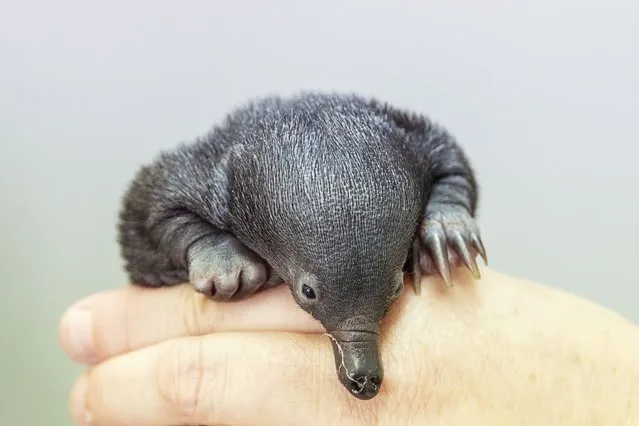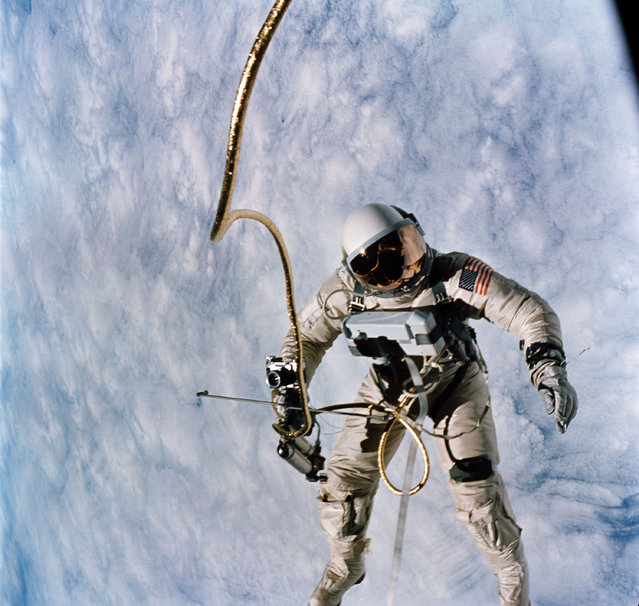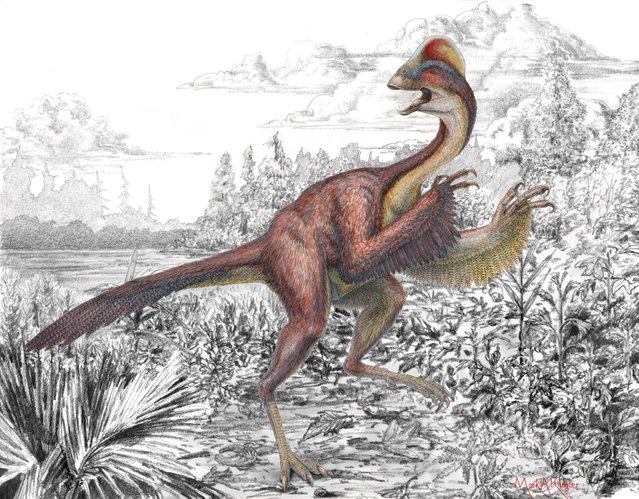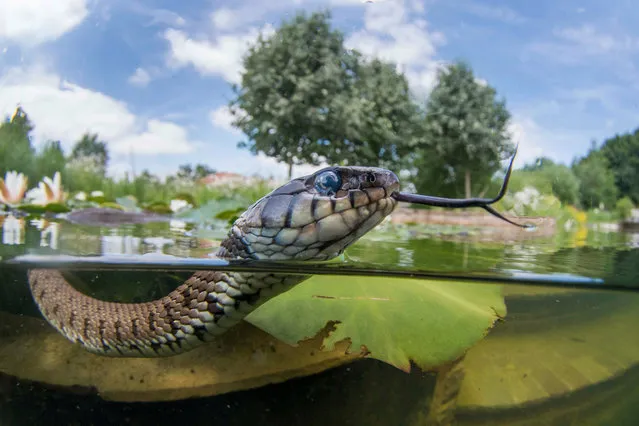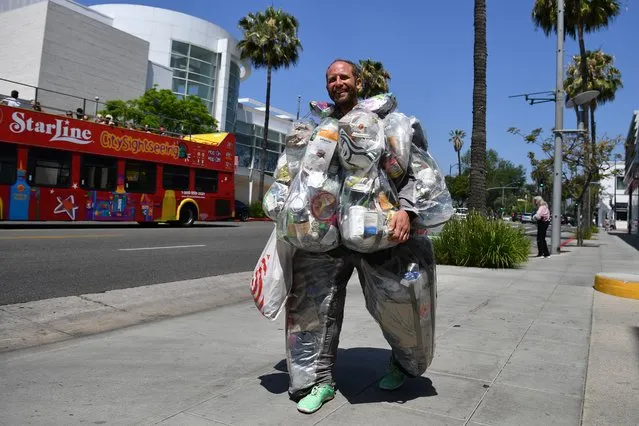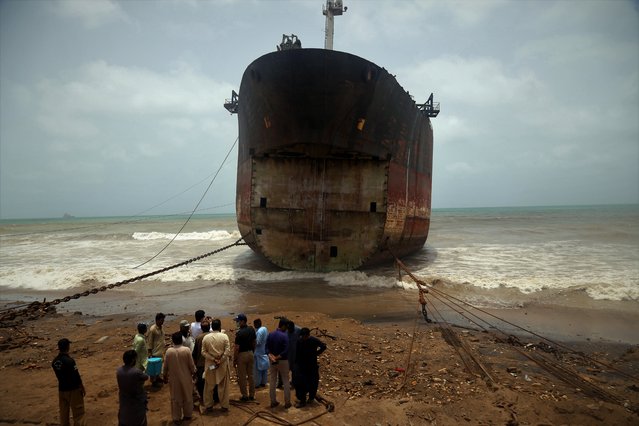
People stand next to a ship, containing tonnes of hazardous mercury-mixed oil, as it was allowed to anchor at Gadani ship-breaking yard in Gadani, Pakistan, 28 May 2021. Authorities have launched an investigation into the anchoring of a ship at the Gadani shipbreaking yard despite Interpol's warning that the ship contains dangerous chemicals. (Photo by Rehan Khan/EPA/EFE)
18 Jun 2021 14:46:00,post received
0 comments

